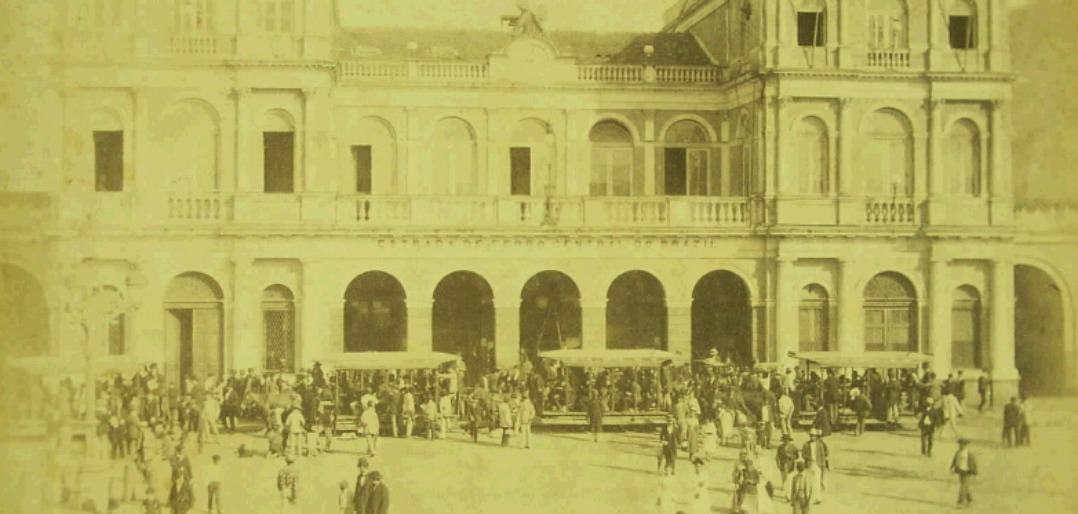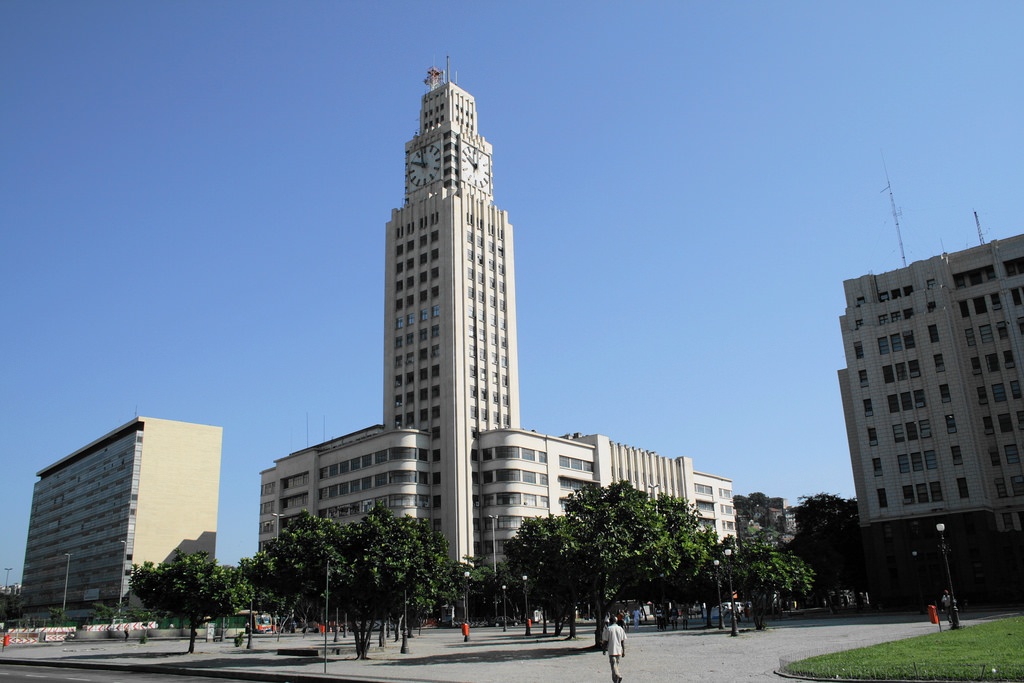RIO DE JANEIRO, BRAZIL – Currently, due to safety issues and the neglect of public authorities, the main train station in Rio, known as “Estação Central do Brasil” or Brazil Central Station, is not what you might call an inspiring place. However, the history of this bit of the city of Rio de Janeiro is filled with significance and pleasant nostalgia.

It all began in 1855. The Santana church was demolished so that a new train station, named after Emperor Dom Pedro II, could be built. The locomotives that set off from there linked the Empire’s most prosperous provinces: Rio, São Paulo, and Minas Gerais, which mainly traded coffee and milk, among other goods.
In 1858, the inaugural trip carried Dom Pedro II and his family as passengers. The journey was from central Rio de Janeiro to Queimados, a town in the outlying lowlands, a 47-kilometer route. The initial fleet comprised ten locomotives, 40 passenger cars, and 100 freight cars.
The building that housed the first station was demolished and rebuilt in the early 1930s to expand the railroad system, as well linking it to downtown Rio’s broad Presidente Vargas Avenue.

“The building was rebuilt to impress. Vargas’ main purpose was to promote a modern federal capital, a matter of national self-assertion, a strong feature of his nationalistic Estado Novo (New State) regime,” says historian Maurício Santos.
The famous Central Station clock (dating from 1943) is larger than Big Ben in London. The English model measures seven meters, while the Brazilian is ten meters in diameter on each face. The building, 135 meters tall, was at one time the highest reinforced concrete structure in the world.
In 1997, the station was the setting for the highly popular film “Central Station”, which was nominated for an Oscar as best foreign film in 1998. Curiously, the film’s name in Portuguese – “Central do Brasil” or “Brazil Central” like NYC’s Grand Central – changed the way most Cariocas describe the station. Previously it was common to hear people still refer to the station as “Dom Pedro II.”

